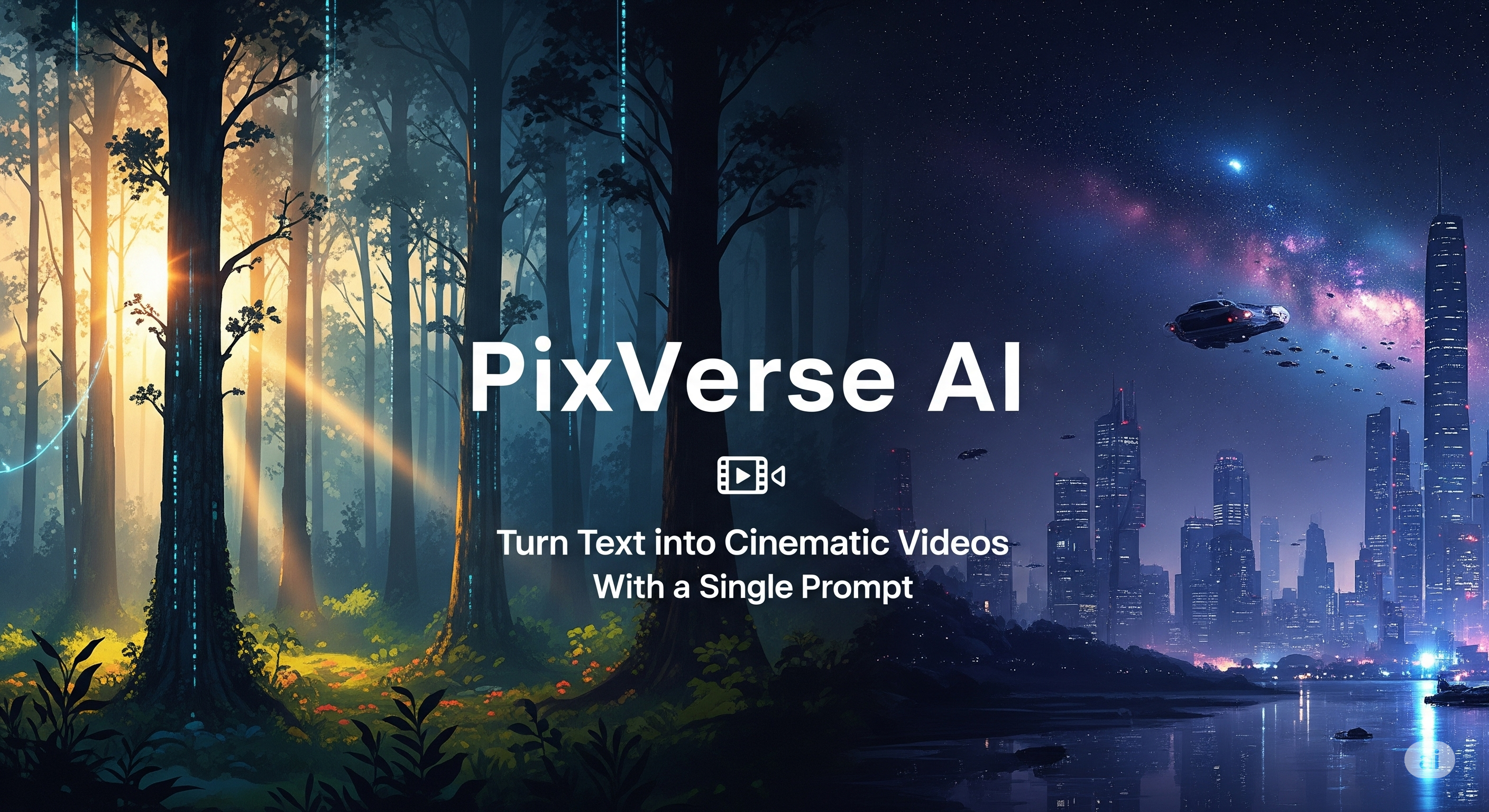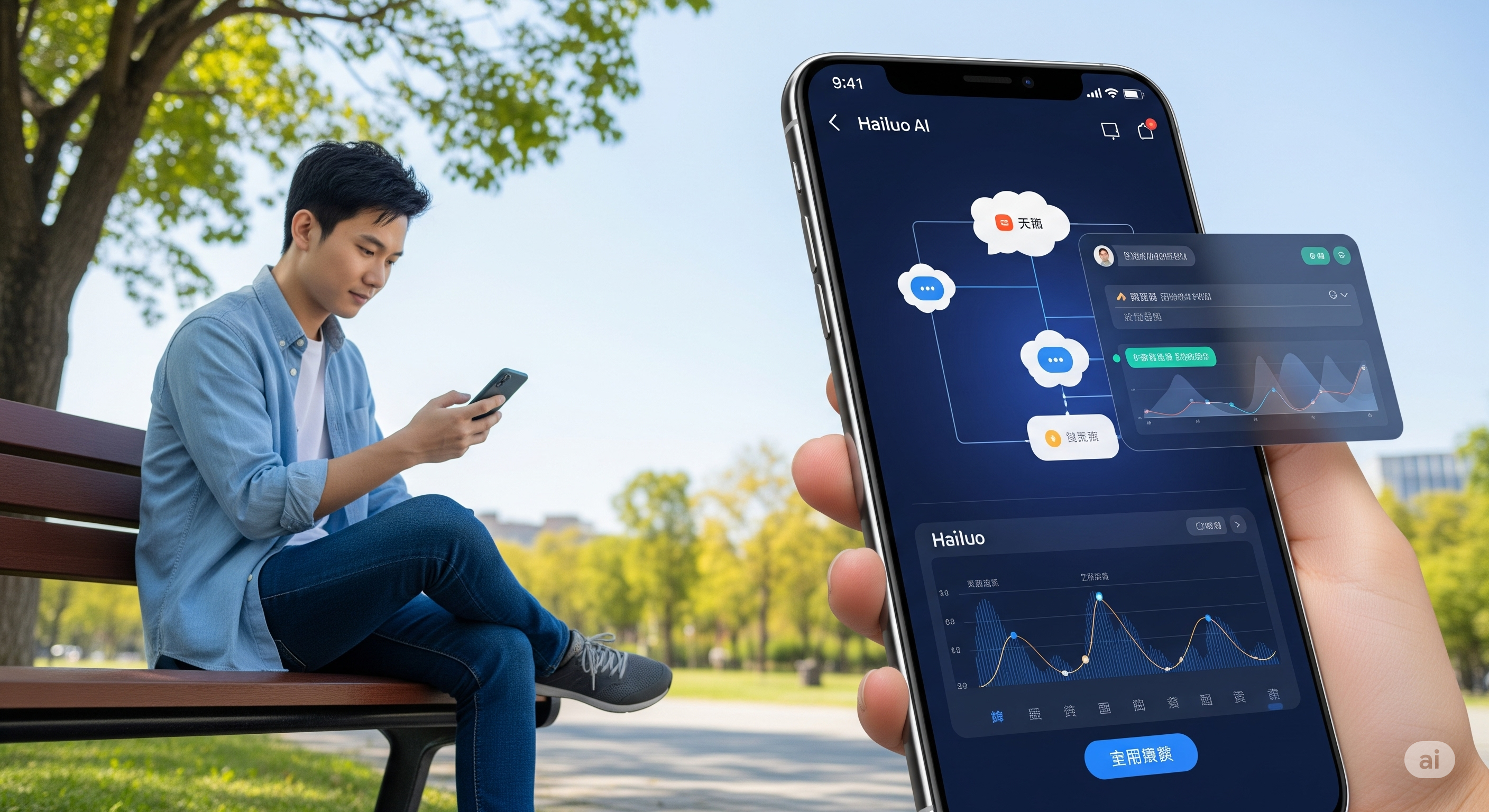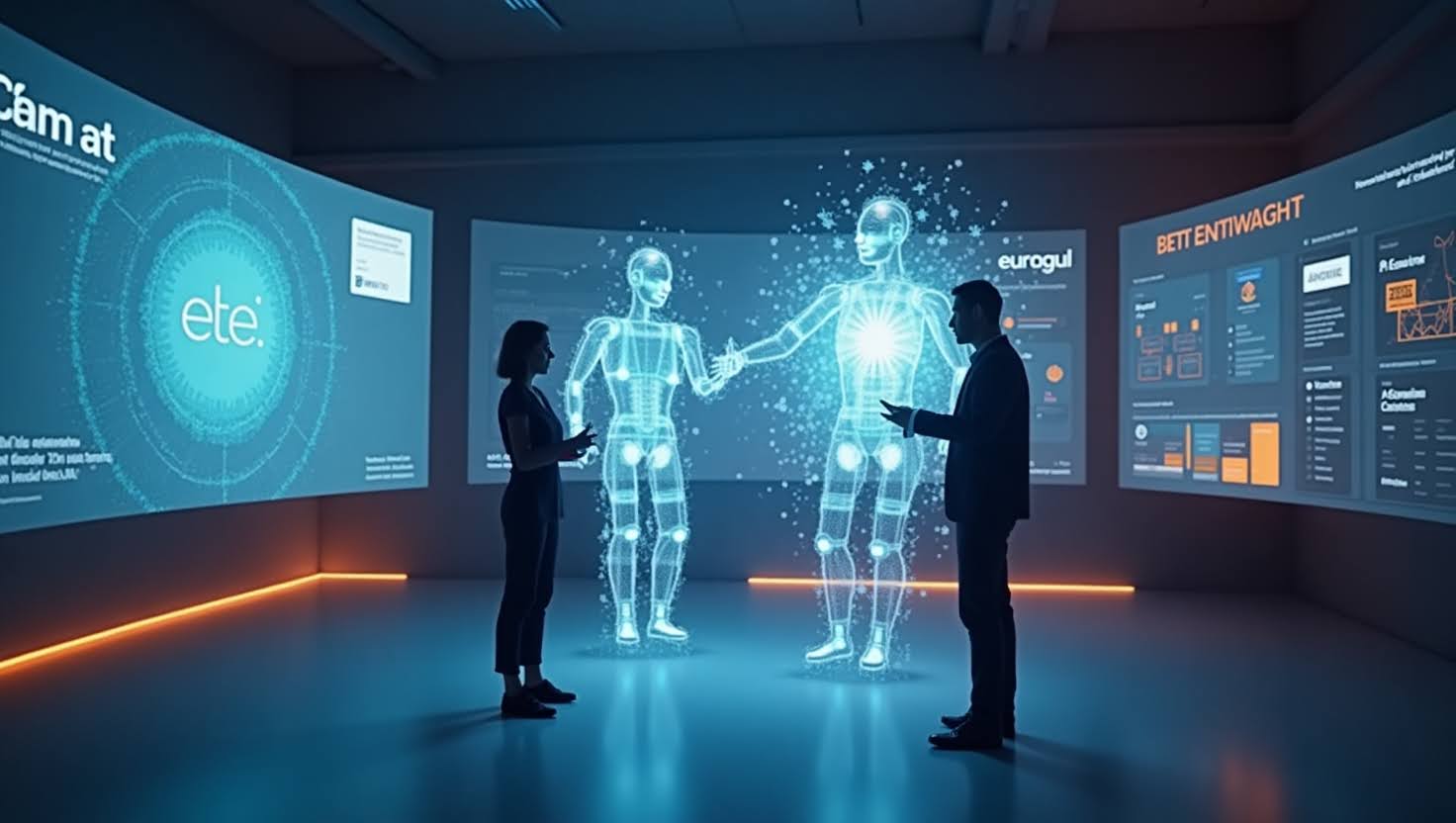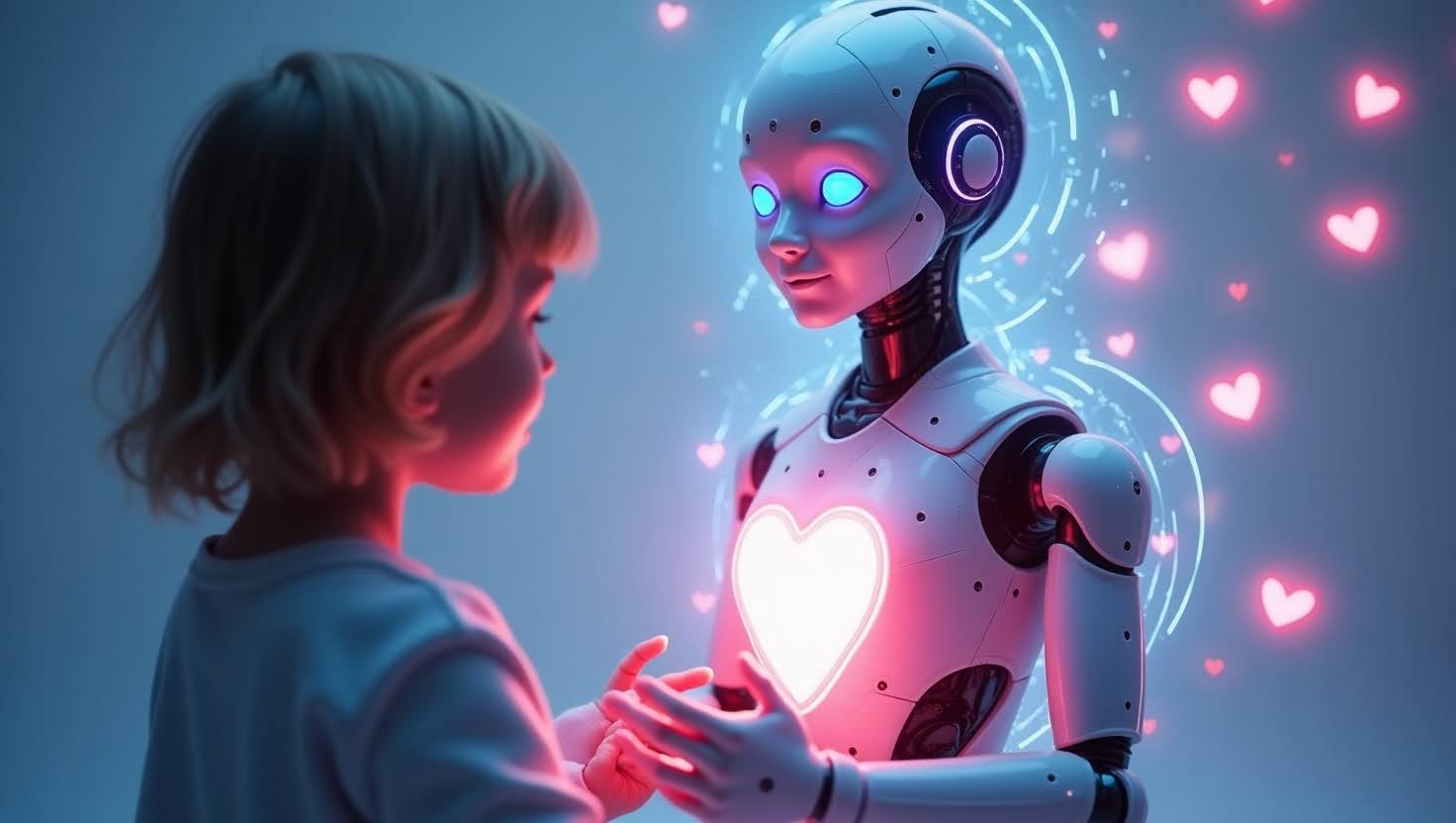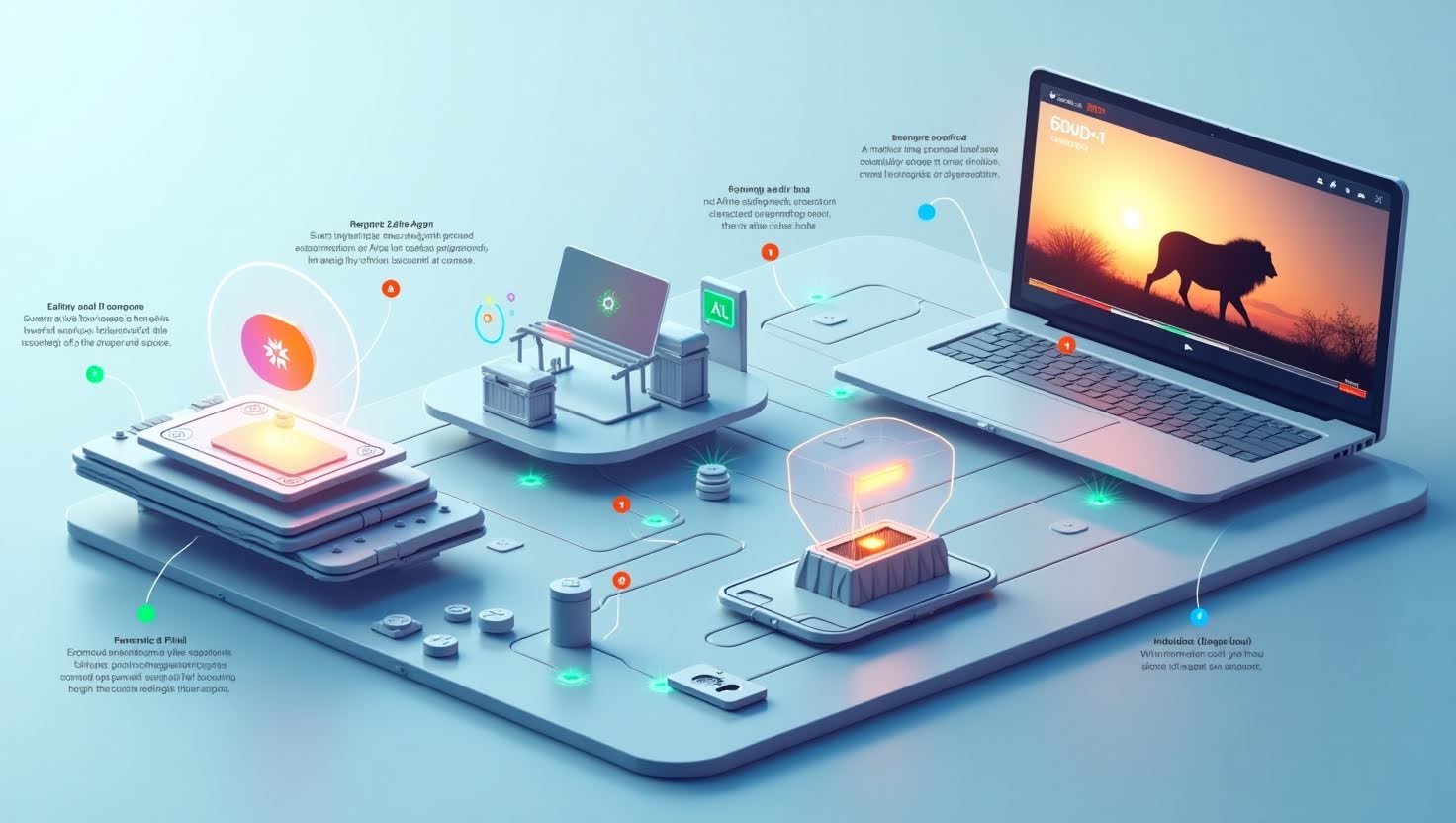
Veo AI: The Future of Video Creation Feels Surprisingly… Human
Introduction: From Script to Screen—Without a Camera?
Let me start with a confession: I’m not a video editor. I’ve never touched After Effects. And Premiere Pro? Forget it—I once spent 45 minutes trying to figure out how to crop a clip.
Still, like most people today, I have ideas that live better in motion. Whether it’s an explainer for a side hustle or a storytelling reel for LinkedIn—video is how we connect. But it’s also expensive, time-consuming, and creatively draining.
So when I first heard about Veo by Google DeepMind, I was intrigued… and slightly skeptical.
Text to video? In full HD? With cinematic movement and real-world physics?
It sounded too ambitious, even by AI standards. But after exploring what Veo is capable of—and seeing the kinds of videos people are already generating—I’m convinced we’re looking at the future of content creation.
Let’s unpack it all, without the tech jargon.
1. So, What Is Veo AI?
Put simply, Veo is Google DeepMind’s answer to next-gen AI video generation. You describe a scene—say: “A time-lapse of a mountain range under northern lights, in cinematic style.” And Veo creates a high-definition video with motion, lighting, and detail that feels eerily real.
We're talking 1080p resolution, accurate physics, and camera angles that mimic human creativity.
If you’ve seen tools like Runway or Pika Labs, this takes it to the next level. Unlike older models that struggled with realism, Veo handles complex prompts like:
- Drone shots over cities
- Slow-motion ocean waves
- Hyperrealistic close-ups of animals
- Scenes in the style of Wes Anderson
🎬 Watch samples: Veo’s official demo
And what’s really wild? Veo doesn’t just mimic visuals. It understands storytelling—motion, pacing, perspective. The kind of stuff you’d normally hire a director for.
2. Why This Actually Matters (Even If You’re Not a Filmmaker)
AI hype is everywhere. But Veo isn’t just for creative pros. It’s a tool that democratizes visual storytelling for marketers, educators, small business owners, and even casual creators.
Imagine these use cases:
- A teacher generating video explainers for science lessons
- A freelancer pitching brand concepts with cinematic mockups
- A startup founder turning an idea into an investor-ready teaser in under an hour
- A social media creator testing visuals before hiring a videographer
For content creators like me—who know the vision but lack the editing chops—Veo feels like someone handed us Spielberg’s toolkit with zero learning curve.
And it’s not just hype. Early feedback from creators testing Veo through VideoFX (Google’s early access portal) has been overwhelmingly positive.
3. What Sets Veo Apart From Other AI Video Generators?
Let’s be real. There’s no shortage of AI video tools popping up lately—Sora by OpenAI, Synthesia, Kaiber, and more. But here’s why Veo stands out:
| Feature | Veo AI | Others (Sora, Runway, etc.) |
|---|---|---|
| Resolution | 1080p and cinematic fidelity | Mostly 720p or stylized animation |
| Motion Understanding | Realistic camera pans, tracking shots | Often jerky or unrealistic |
| Prompt Interpretation | Highly nuanced (handles complex descriptions) | Basic prompt + limited nuance |
| Output Length | Up to 1 minute (longer than most) | Often capped at 4–8 seconds |
| Editing Tools | Timeline + control (via VideoFX) | Basic or no editing functionality |
The result? Veo’s videos look and feel more human-made. They have soul. They breathe.
You can learn more in this breakdown by The Verge: DeepMind's Veo is Google’s most cinematic AI video model yet
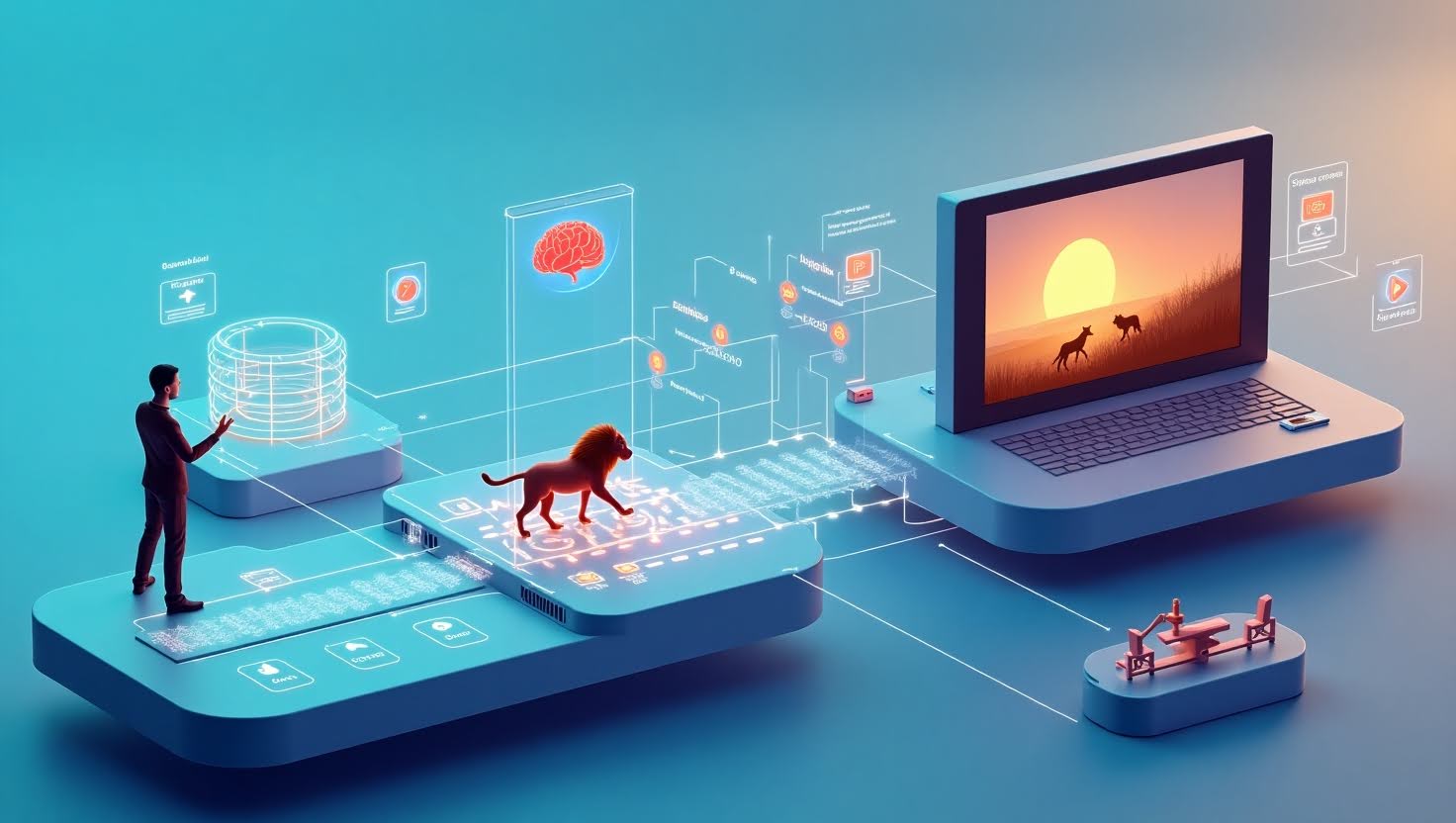
4. Real Use Cases That Blew My Mind
I spent a weekend going down the Veo rabbit hole and saw some incredible things.
- A content creator generated b-roll for a YouTube vlog—without leaving home.
- A meditation app generated forest and ocean visuals to match voiceovers, saving hours of production.
- A startup pitched a smartwatch idea with a concept video—no prototype built.
- An indie filmmaker used Veo to pre-visualize an entire short film. He blocked scenes, tested camera angles, and refined storyboarding—all with just text.
That’s not just cool. That’s a budget-saver. Read this Medium blog
5. Ethical Questions Are Coming—And They Should
Here’s the thing: tools like Veo are powerful, but they also raise big questions.
What happens to videographers when AI can replicate their work? What about deepfakes? Copyright?
Google’s answer (so far) has been fairly cautious. Veo is being rolled out gradually, and it embeds watermarks and metadata in all outputs to track misuse. They’re also working with filmmakers and ethicists to build in guardrails.
It’s not perfect—but it’s a start. You can read their commitment here: Responsible AI Use at DeepMind
6. How to Try Veo Right Now
Veo isn’t fully open to the public yet—but you can request early access through:
In the meantime, you can test similar tools like:
- Runway ML – popular among short-form creators
- Pika Labs – fun, stylized animation generation
- Sora by OpenAI – currently in private beta
But for cinematic realism? My money’s on Veo.
Conclusion: When Tech Feels Like Magic (But Real)
Veo AI doesn’t feel like a gimmick. It feels like a breakthrough.
For the first time, I can visualize an idea and see it come to life—in less time than it takes to explain it to a videographer. And the best part? It still feels like my idea. The AI didn’t take over. It simply helped it take shape.
Whether you're a creator, founder, educator, or just curious—Veo offers a glimpse of how we might tell stories tomorrow.
🎬 Explore Veo | 🧠 Try VideoFX
